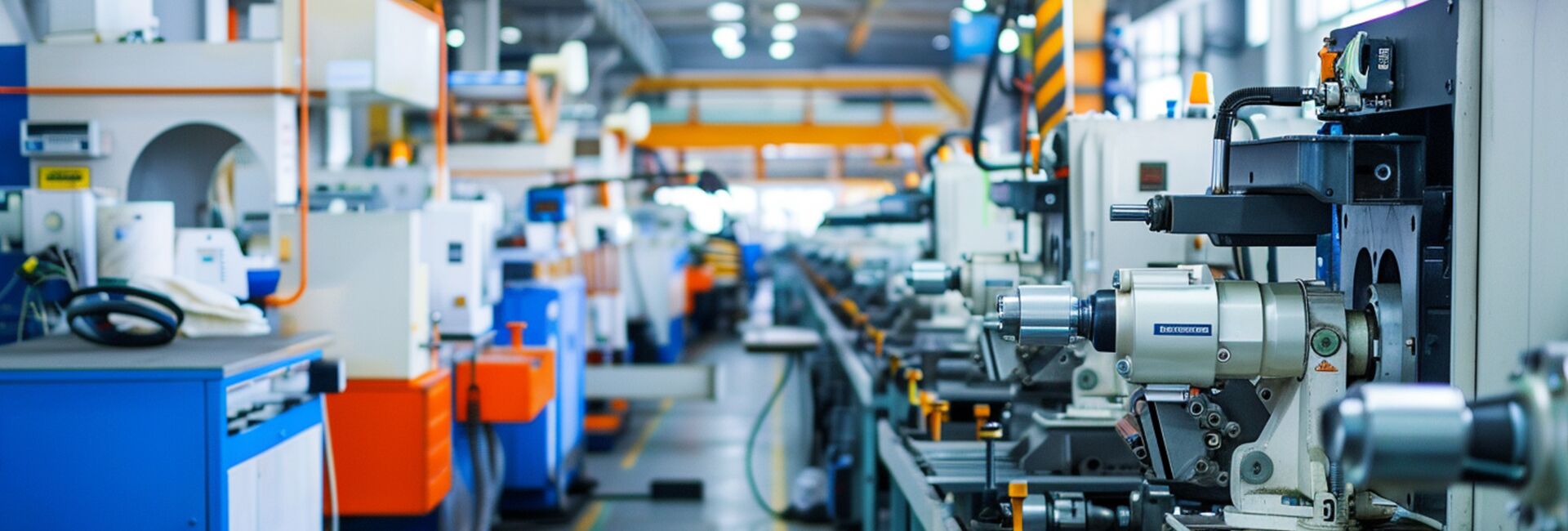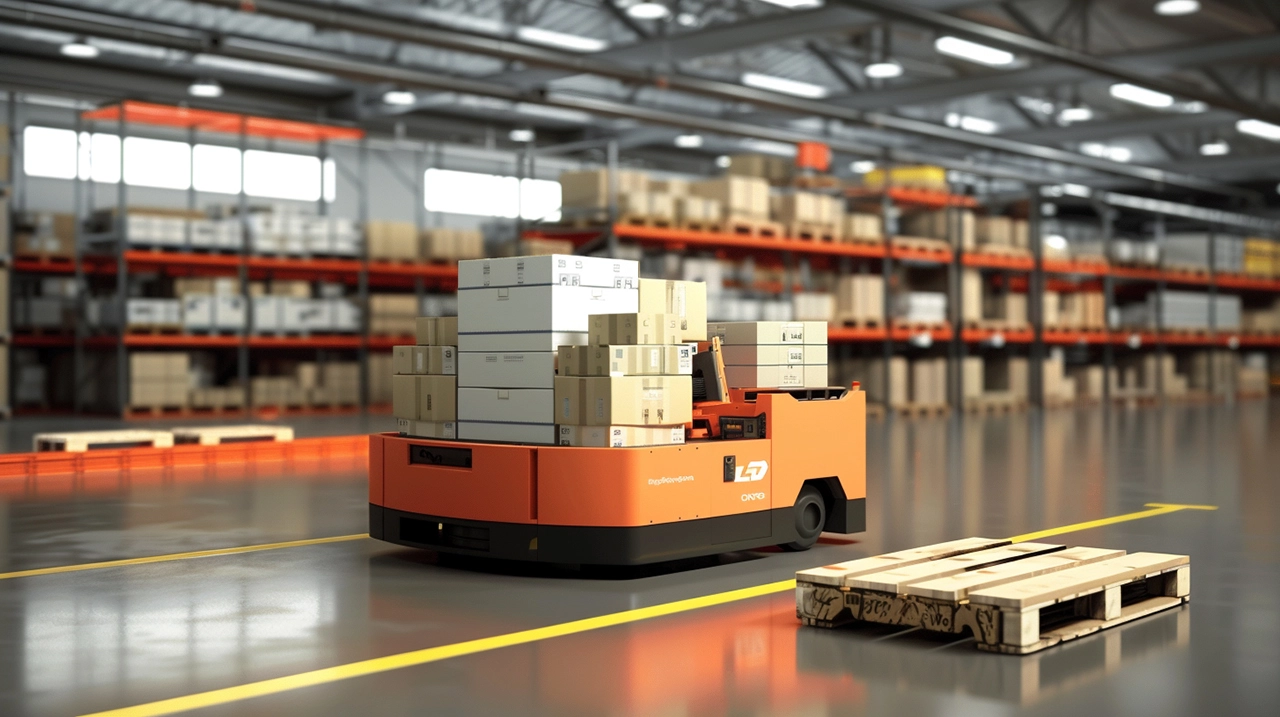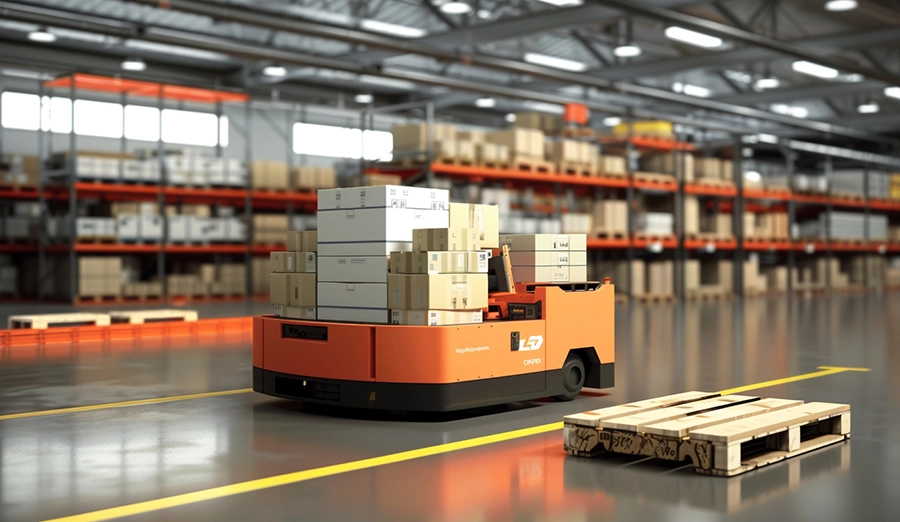
WIRELESS CHARGING IN THE NEWS
The underground environment of coal mines contains flammable and explosive gases such as methane and coal dust. Traditional charging methods are prone to generating electric sparks due to mechanical contact, posing a significant safety risk. Explosion-proof wireless charging technology, through energy transmission without physical contact, fundamentally eliminates the ignition source during the charging process, thus becoming an innovative solution for energy supply in coal mine robots.
The core of the technical implementation lies in the triple protection system:
1. Intrinsically safe circuit design: A current and voltage limiting scheme with energy lower than the minimum ignition energy is adopted to ensure that the system energy remains below the dangerous threshold in the event of a single point of failure
2. Fully enclosed explosion-proof structure: The transmitting/receiving end adopts Ex ib I Mb grade explosion-proof enclosure, combined with epoxy resin potting process to block the intrusion path of flammable gas
3. Multimodal safety monitoring: Built-in temperature sensor and gas concentration detection module, automatically cutting off energy transmission in case of abnormality
Engineering applications need to overcome the challenges of special environments
- Enhanced anti-offset capability: To address the positioning error of robots, magnetic coupling resonance technology has been developed, with a horizontal offset tolerance of ±15cm (traditional solutions <5cm).
- Dust protection optimization: IP68-level sealing combined with self-cleaning coil structure prevents coal powder accumulation from affecting heat dissipation and efficiency
- Anti-vibration design: The key circuit board is fixed with military-grade potting compound and has passed 2,000 mechanical shock tests without failure
The case of Shandong Energy Group's deployment of underground inspection robots shows:
Twelve robots equipped with explosion-proof wireless charging systems have been operating continuously in three coal mining faces for 18 months
The charging efficiency remains above 83% (compared with 65% of traditional charging piles).
The shutdown accident caused by charging is reset to zero
The industrialization process still faces key bottlenecks:
1. Thermal management challenge: The heat dissipation efficiency in a closed environment restricts power increase. The current upper limit of practical power is 3kW
2. Lack of standard system: Explosion-proof certification (such as GB3836) and wireless charging standard (Qi) have not yet been integrated
3. Cost balance challenge: The explosion-proof structure increases the cost of a single module by 40%, restricting large-scale deployment
The distributed charging network developed by the Shenyang Research Institute of China Coal Technology & Engineering Group offers a new approach: light charging piles are placed at intervals of 300 meters in the tunnels. Robots replenish energy during their brief stay, reducing the power demand at a single point while enhancing the reliability of the system. This scheme has been verified through engineering in Shanxi Coking Coal Group.
Explosion-proof wireless charging technology is driving coal mine robots to evolve from "intermittent operation" to "continuous intelligence". With the application of intrinsically safe GaN devices and the formulation of explosion-proof - wireless convergence standards, it is expected that the 5kW power threshold will be broken through in the next three years. When the curve of technological maturity and cost reaches a critical point, this energy revolution originated from special scenarios may reshape the entire ecosystem of automation in high-risk environments.







